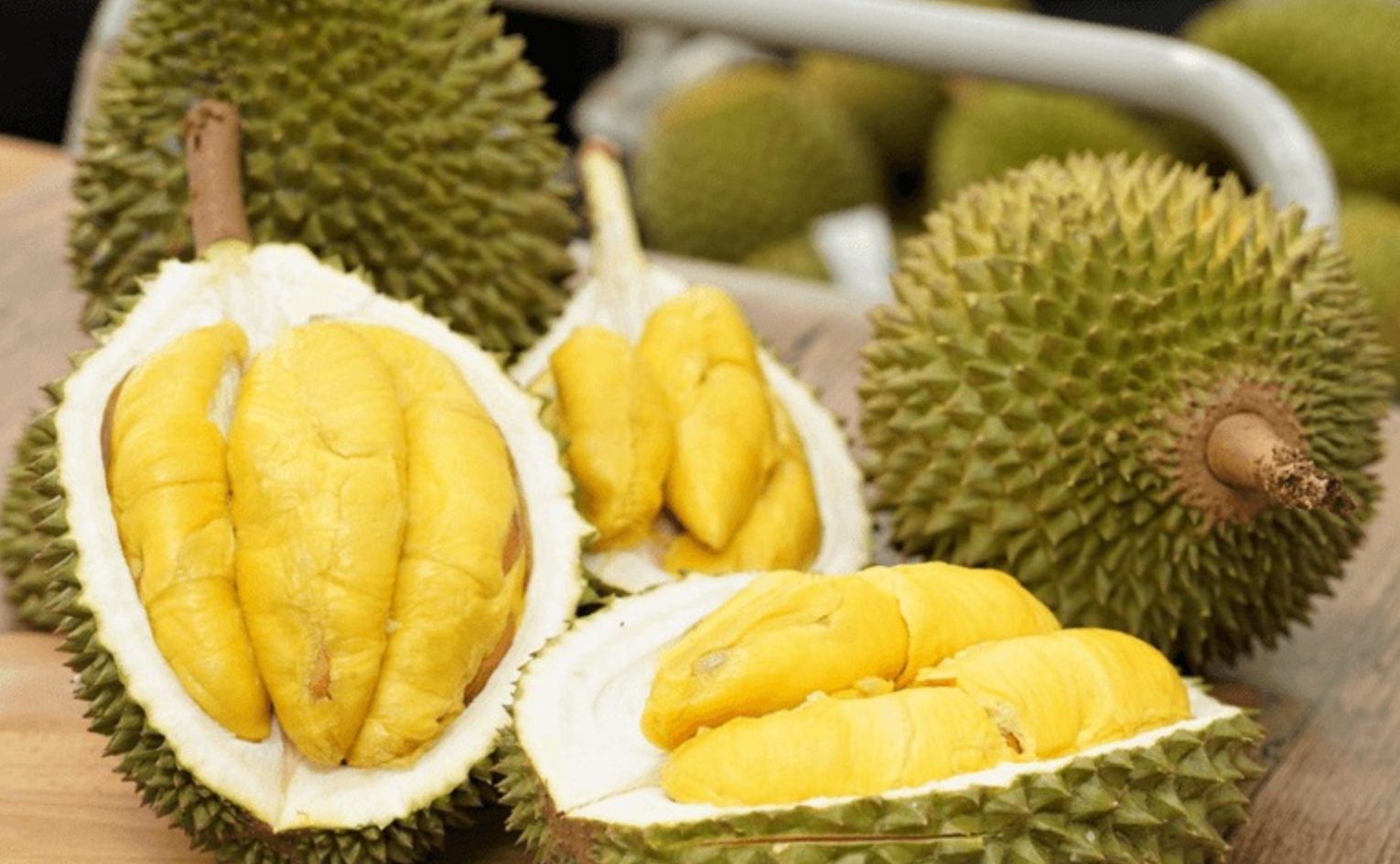Fruit and vegetable exports surge in the first nine months
G+ ( en.mae.gov.vn/fruit-and-vegetable-exports-surge-in-the-first-nine-months-9040.htm)
In the first nine months of 2025, Vietnam’s fruit and vegetable exports continued to show optimistic signs, recording impressive growth in both export value and market expansion. Particularly, key fruits such as durian, coconut, and dragon fruit have become major drivers, turning this sector into one of the brightest spots in the country’s agricultural exports.
Durian leads the surge
According to the General Department of Customs, Vietnam’s fruit and vegetable exports reached nearly USD 1.3 billion in September 2025, up 35.9% from August and 41% compared with the same period last year. As a result, total export turnover in the first nine months rose to about USD 6.11 billion, an 8.3% increase year-on-year.
The September figure marked a new monthly record for the sector. Meanwhile, fruit and vegetable imports during the same period also climbed to approximately USD 1.91 billion, up 15.1% compared to 2024. The sector’s trade surplus reached around USD 4.2 billion in the first nine months.
A bright spot in the overall picture was the strong recovery of durian exports. Without the setback earlier this year, total fruit and vegetable exports could have reached USD 8.5–9 billion in 2025. Previously, several durian shipments had been returned for failing to meet China’s quarantine standards, particularly due to excessive levels of cadmium and the presence of auramine O (a banned yellow dye).
By the end of August 2025, durian exports had already brought in about USD 1.7 billion, thanks to abundant output and improved compliance, with no more warnings regarding cadmium residues. In September alone, durian exports were forecast to reach USD 800–900 million, the highest monthly value ever recorded.
Besides durian, other fruit and vegetable items such as coconut, passion fruit, processed mango, pineapple, and banana also recorded significant growth. Exports of coconut, passion fruit, and processed mango showed “impressive increases.”
In the first two months of 2025, fresh coconut exports reached USD 33.3 million (up 18%), while processed coconut products brought in USD 43.8 million (up 86%) compared with the same period in 2024.

Market structure data also revealed interesting shifts: in the first eight months of 2025, China remained Vietnam’s largest market, accounting for about 57.9% of total fruit and vegetable exports. However, shipments to China declined 9.3% year-on-year.
In contrast, exports to the United States, Japan, and the Netherlands saw strong growth — up 59.8%, 20.4%, and 38.5% respectively.
Integration efforts
Several factors have contributed to Vietnam’s robust fruit and vegetable export performance. First, global consumption trends are changing, with growing demand for fresh, nutritious, and safe foods. Tropical fruits — Vietnam’s strong suit — are increasingly popular in major markets. This shift has opened a “window of opportunity” for the industry.
Vietnam’s efforts in international integration and utilization of free trade agreements (FTAs) have also paid off. Next-generation FTAs such as CPTPP, EVFTA, and RCEP have helped reduce tariffs, ease market access, and encourage enterprises to upgrade their production standards — thereby enhancing competitiveness.
Notably, agricultural enterprises and cooperatives have played an increasingly important role. Many have invested in post-harvest technologies, cold storage systems, processing plants, and internationally certified packaging facilities. As a result, Vietnamese fruit and vegetable products now not only meet high quality standards but also have longer shelf lives — essential for long-distance transport.
However, sustaining growth momentum remains a challenge. The sector still depends heavily on a few major markets, notably China. Experience shows that even minor changes in China’s quarantine policies, technical standards, or consumer demand can significantly affect Vietnam’s exports.
In addition, logistics and transport costs continue to be a major bottleneck. Many fruits are perishable and require short transit times and modern cold chain systems. Yet, Vietnam’s logistics costs remain much higher than those of regional competitors such as Thailand and the Philippines.
Toward sustainable growth
To overcome these challenges, experts suggest a comprehensive strategy built around three core solutions.
First, market diversification is urgent. Alongside consolidating traditional markets, Vietnam should expand into potential regions such as the Middle East, South Asia, and Africa — areas with large populations, high demand for tropical fruits, and relatively low competition.
Second, the sector must enhance deep processing to add value and reduce pressure on fresh fruit consumption. For instance, instead of exporting only fresh dragon fruit, producers can develop juice, jam, or nutritional powder from dragon fruit. This not only boosts export value but also expands consumer segments.
Third, the application of digital technologies in supply chain management and traceability is essential. The use of blockchain, QR codes, and digital plantation data systems can increase transparency and meet the stricter standards of international markets. At the same time, digitalization helps enterprises optimize costs and reduce production and distribution risks.
Vietnam’s fruit and vegetable export performance in the first nine months of 2025 has proven that with sound strategies and strong commitment from both the government and businesses, this sector can truly become a new pillar of the agricultural economy. With products like durian, coconut, and dragon fruit, Vietnam is not only leveraging its natural advantages but also moving toward building a national fruit and vegetable brand.
Nevertheless, achieving sustainable growth requires unwavering efforts to improve quality, diversify markets, and link production with modern processing and preservation. Strong coordination among farmers, cooperatives, enterprises, and state agencies will be the key to turning potential into true competitive advantage.
The bright picture of fruit and vegetable exports in the first nine months of 2025 is not only a result of today’s efforts but also a promising outlook for Vietnam to assert its position as a leading global supplier of tropical fruits in the near future.
PV